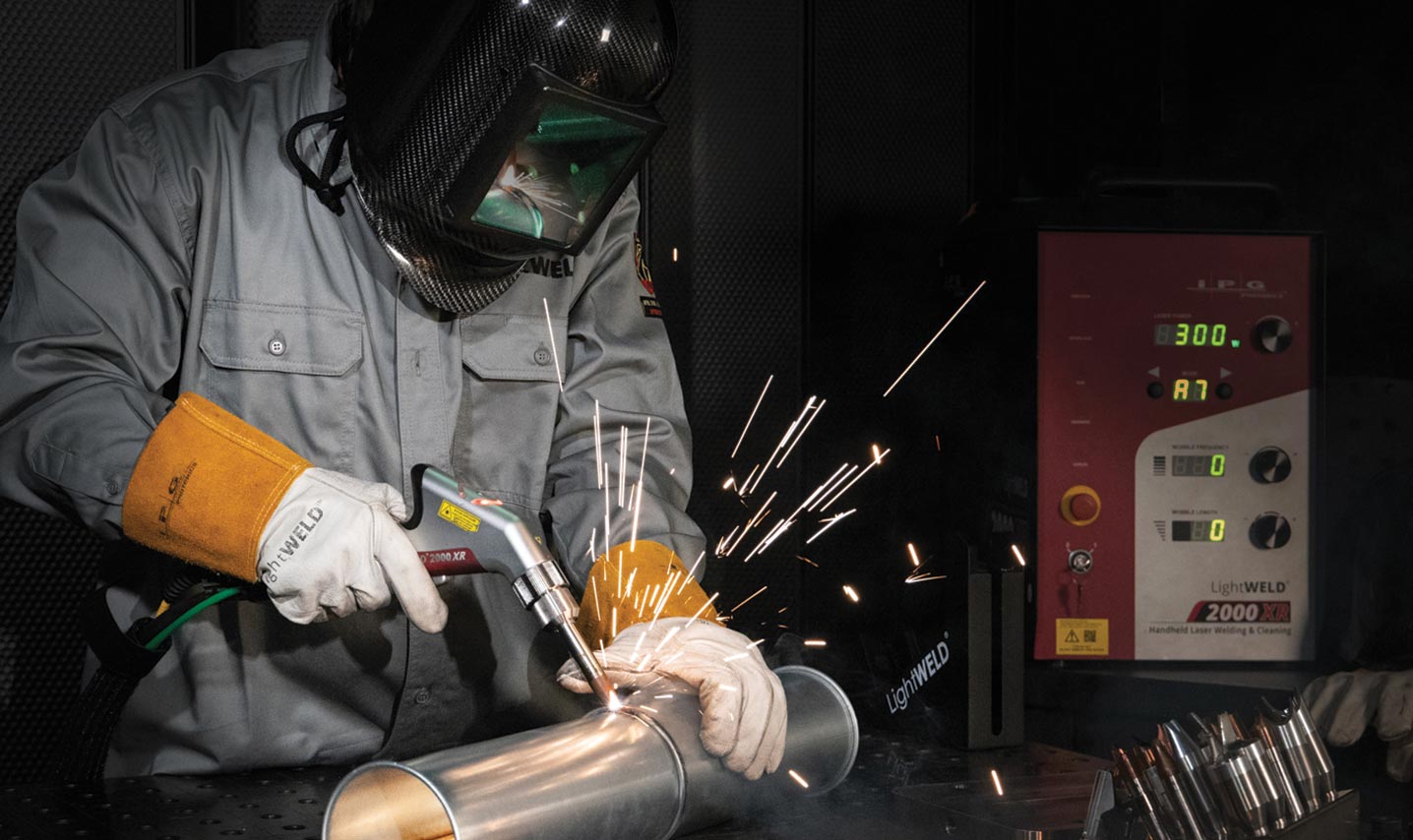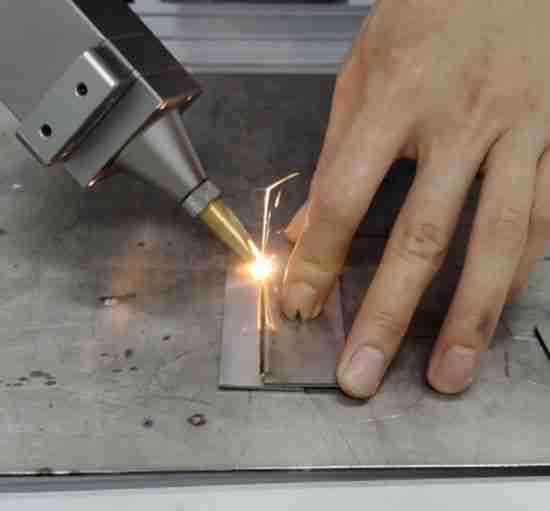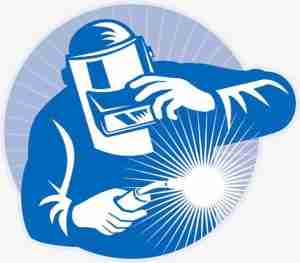Hello All.
Here is what I found with converting Norton cylinder heads:
750- heads with 1/2" outer guide diameter:
For re- angling you have to bore the guide bore with the new angle which opens the bore to about 14,5 or 15mm. I always use standard 850 bronce guides and turn them down (between centres) to the suitable diameter. So you never are in need of special guides, you can always use 850guides and turn them down. The bigger intake valve would be 41mm. The exhaust is left with 33mm, because you simply don't get bigger valves into the bore.
750- heads converted for use in 850 (or bigger) engines:
Both valves have to be re- angled depending on size with different angles. This is also quite an easy job. Additionally you have to re- position the outer 4 bolt bores to suit the 850 hole pattern. This is what Steve Maney did .
850- heads converted to for bigger valves.
This is a very complex job. I cut a thread (M16x1, M17x1 or M18x1) and turn suitable flanged bushes with a suitable outer thread with a 8mm Bore. This hole is used for matching the valve shaft with the adjustment screws. The plug is inserted into the threaded guide- bore and locked with a high temperature valve locker (similar to loctite, but it withstands temperatures up to 1100°C. It's some American stuff.
It's very easy to do a big valve conversion for standard sized 750 valve guides. I have done quite a few big valve conversions now. Here is one I did for Yves van Heers from Belgium.
Hi there, Here be the big valves conversion made by Klaus Moning from Germany, Klaus is specialised in conversion from british cylinder heads, He changes my Fullauto head to plus 3mm valves on inlet and exhaust, I am very happy with is work. If you wish to contact him, feel free to PM me Yves...

www.accessnorton.com
It was a Fullauto- head, which had the big advantage to have 1/2" guides as standard. I thinks Yves turned out to be 15mm outer diameter.
Certainly it would be a big advantage to have floor- raised intake- ports. In this case you certainly also have to raise the roof of tha port. But this makes things difficult, you have to weld. There is a guy near me who does laser- welding. But I guess, it will be rather expensive.
Best Regards
Klaus







